Mountain Hikes in India; India’s geography is as diverse as its culture, offering adventurers a wide range of trekking experiences. From the snow-capped peaks of the Himalayas to the lush Western Ghats, the country boasts some of the most scenic and challenging mountain hikes. Whether you’re an experienced trekker or a beginner looking to explore the thrill of hiking, here are the top 10 mountain hikes in India that every adventurer must experience.
- 1. Chadar Trek – Frozen Zanskar River, Ladakh
- 2. Roopkund Trek – Uttarakhand
- 3. Markha Valley Trek – Ladakh
- 4. Hampta Pass Trek – Himachal Pradesh
- 5. Valley of Flowers Trek – Uttarakhand
- 6. Goechala Trek – Sikkim
- 7. Kedarkantha Trek – Uttarakhand
- 8. Dzongri Trek – Sikkim
- 9. Nanda Devi Base Camp Trek – Uttarakhand
- 10. Stok Kangri Trek – Ladakh
- FAQs
1. Chadar Trek – Frozen Zanskar River, Ladakh
Overview:
- Altitude: 11,123 feet
- Duration: 9 days
- Best Time to Visit: January to February
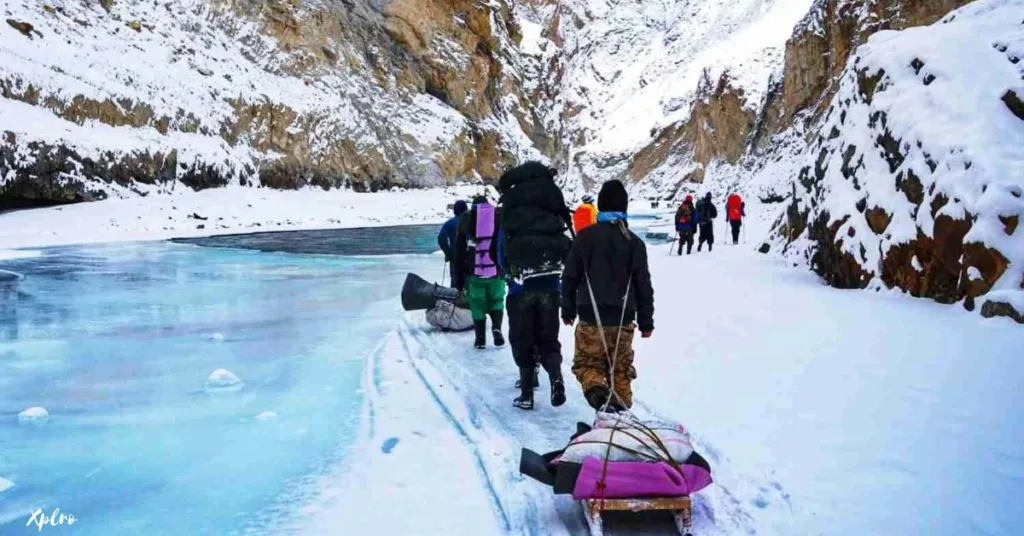
The Chadar Trek is one of the most unique and challenging treks in India. It takes place over the frozen Zanskar River in Ladakh, where hikers traverse a thick layer of ice in temperatures as low as -30°C. It’s a once-in-a-lifetime experience for those seeking adventure and the chance to witness the stark, untouched beauty of the Himalayas.
Highlights:
- Trekking on a frozen river.
- Stunning views of frozen waterfalls and ancient monasteries.
- Interacting with local Zanskaris and experiencing their way of life.
2. Roopkund Trek – Uttarakhand
Overview:
- Altitude: 16,499 feet
- Duration: 8 days
- Best Time to Visit: May to October
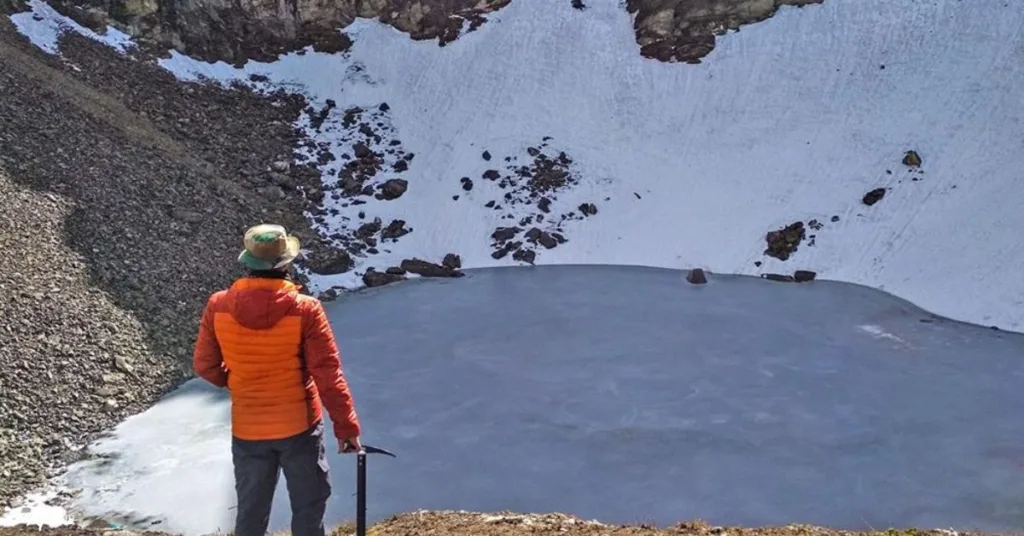
The Roopkund Trek is a captivating journey that combines adventure with mystery. Renowned for its mysterious skeleton lake, the trek is situated at the base of Trishul Peak. It offers panoramic views of towering Himalayan peaks, alpine meadows, and dense forests.
Highlights:
- Discovering ancient human skeletons at Roopkund Lake.
- Sweeping views of Nanda Ghunti and Trishul.
- Passing through beautiful meadows of Bedni Bugyal and Ali Bugyal.
3. Markha Valley Trek – Ladakh
Overview:
- Altitude: 17,060 feet
- Duration: 9 days
- Best Time to Visit: June to September
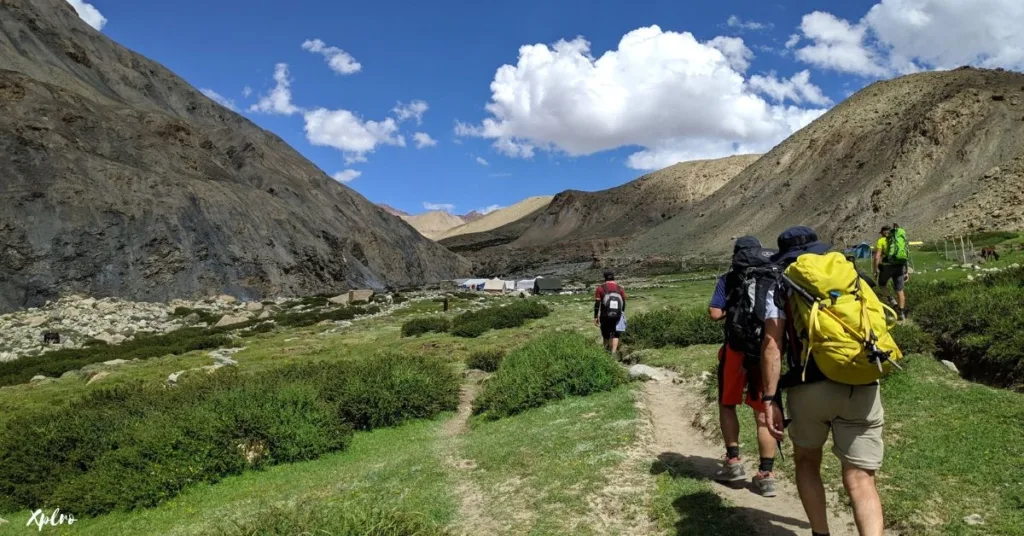
The Markha Valley Trek offers a perfect blend of adventure and cultural experiences. As one of the most popular treks in Ladakh, it takes hikers through a desert-like landscape, snow-clad peaks, and remote Buddhist villages. The highlight of the trek is the spectacular Markha Valley, surrounded by the mighty Kang Yatse and Stok Kangri peaks.
Highlights:
- Crossing high passes like Kongmaru La (17,060 ft).
- Exploring ancient monasteries and Ladakhi villages.
- Stunning views of Kang Yatse Peak.
4. Hampta Pass Trek – Himachal Pradesh
Overview:
- Altitude: 14,010 feet
- Duration: 5 days
- Best Time to Visit: June to September
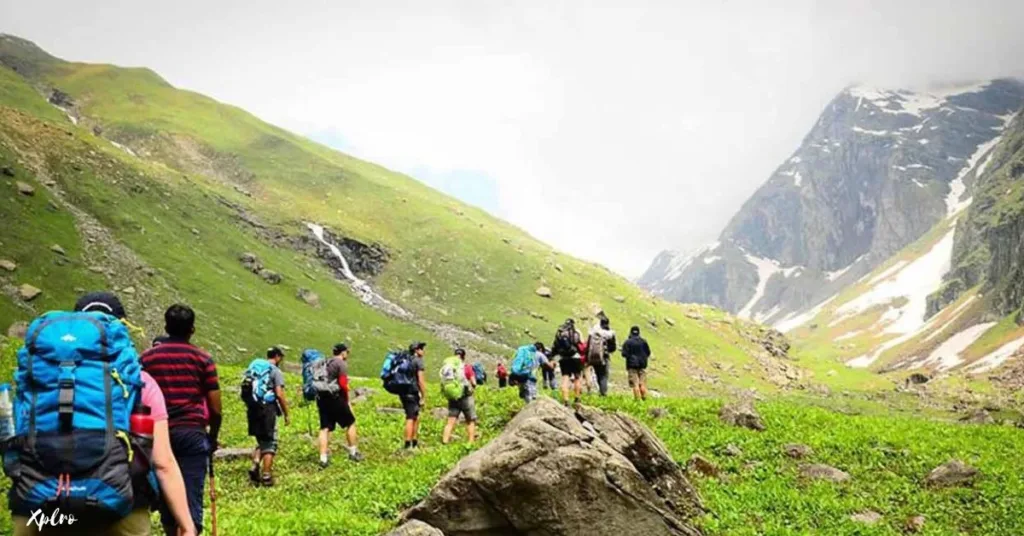
The Hampta Pass Trek is a fantastic option for both beginner and experienced trekkers. It takes you from the lush green valleys of Kullu to the barren landscapes of Lahaul, offering a wide variety of terrains and landscapes in a relatively short distance.
Highlights:
- Contrasting landscapes of Kullu and Lahaul valleys.
- Stunning view from the Hampta Pass.
- Camping at Chandratal Lake.
5. Valley of Flowers Trek – Uttarakhand
Overview:
- Altitude: 14,100 feet
- Duration: 6 days
- Best Time to Visit: July to September
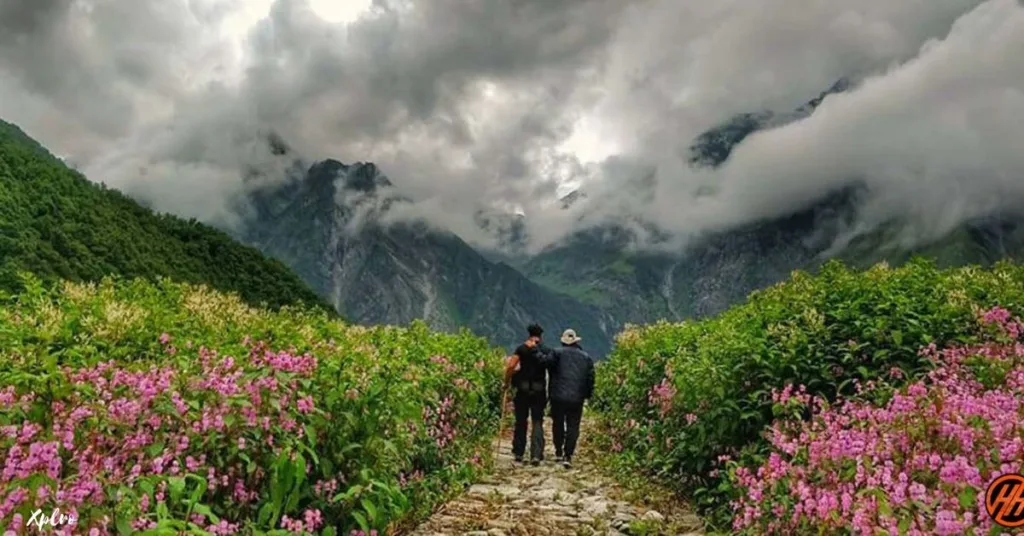
For nature lovers, the Valley of Flowers Trek is a dream come true. This UNESCO World Heritage Site is renowned for its vast meadows covered with colorful alpine flowers. The trek is moderate in difficulty and offers adventurers a surreal experience, surrounded by the serene beauty of the Himalayan National Park.
Highlights:
- Blooming alpine flowers in a rainbow of colors.
- Scenic views of snow-covered peaks and waterfalls.
- Visit to the Hemkund Sahib, a revered Sikh pilgrimage site.
6. Goechala Trek – Sikkim
Overview:
- Altitude: 16,207 feet
- Duration: 11 days
- Best Time to Visit: April to June, September to November
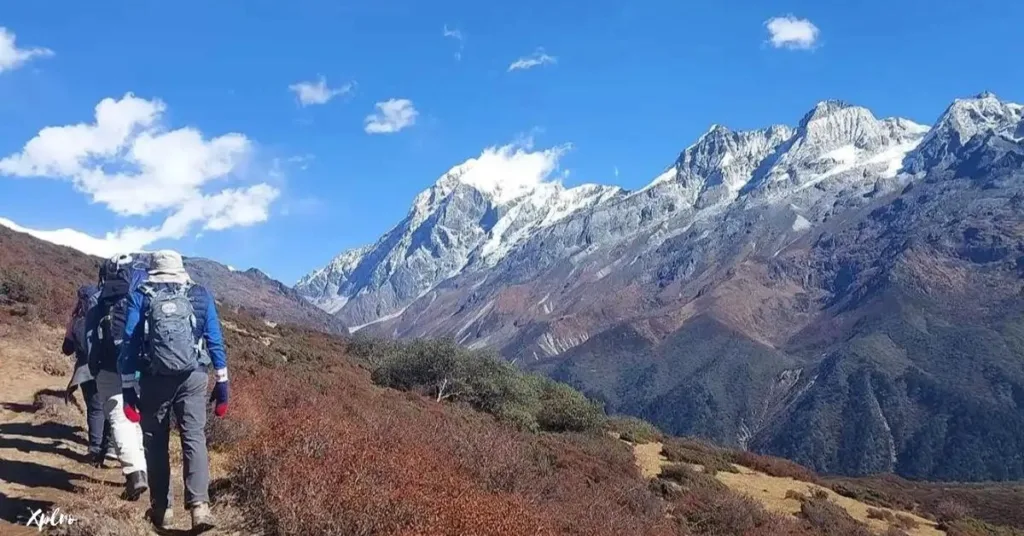
The Goechala Trek is a mesmerizing adventure in the state of Sikkim, offering panoramic views of the world’s third-highest mountain, Mt. Kanchenjunga. The trail takes you through thick forests, alpine meadows, and high-altitude passes, making it one of the most challenging yet rewarding treks in India.
Highlights:
- Stunning views of Mt. Kanchenjunga and other Himalayan giants.
- Walking through rhododendron forests and Samiti Lake.
- Challenging high-altitude trek to Goechala Pass.
7. Kedarkantha Trek – Uttarakhand
Overview:
- Altitude: 12,500 feet
- Duration: 6 days
- Best Time to Visit: December to April
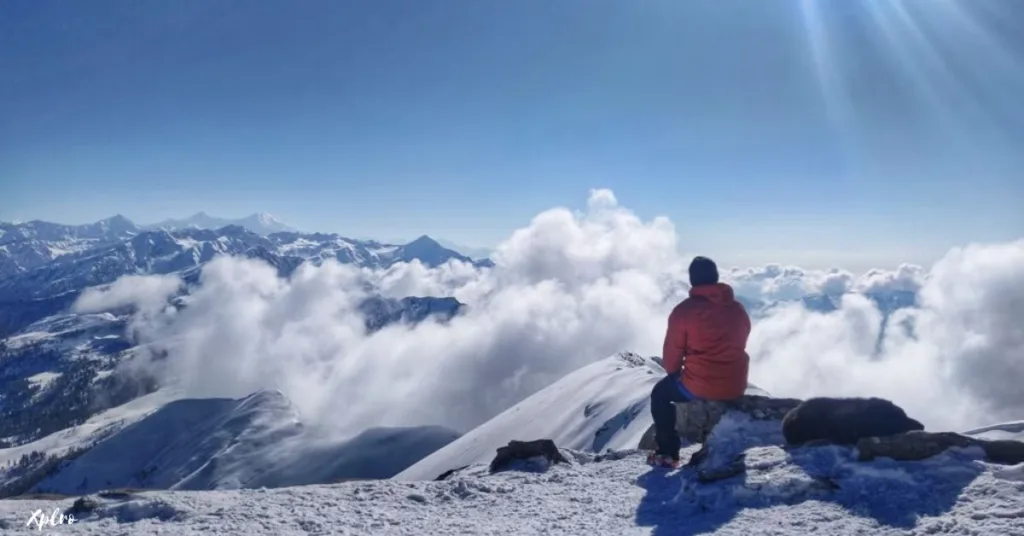
The Kedarkantha Trek is an excellent winter trek that offers snow-covered trails and a 360-degree panoramic view of famous peaks such as Swargarohini, Bandarpunch, and Black Peak. Known for its stunning campsites, Kedarkantha is a beginner-friendly trek with a lot of rewarding vistas.
Highlights:
- Beautiful campsites like Juda Ka Talab.
- Snow trekking during winters.
- 360-degree view from the Kedarkantha Summit.
8. Dzongri Trek – Sikkim
Overview:
- Altitude: 13,123 feet
- Duration: 5 days
- Best Time to Visit: March to June, September to November
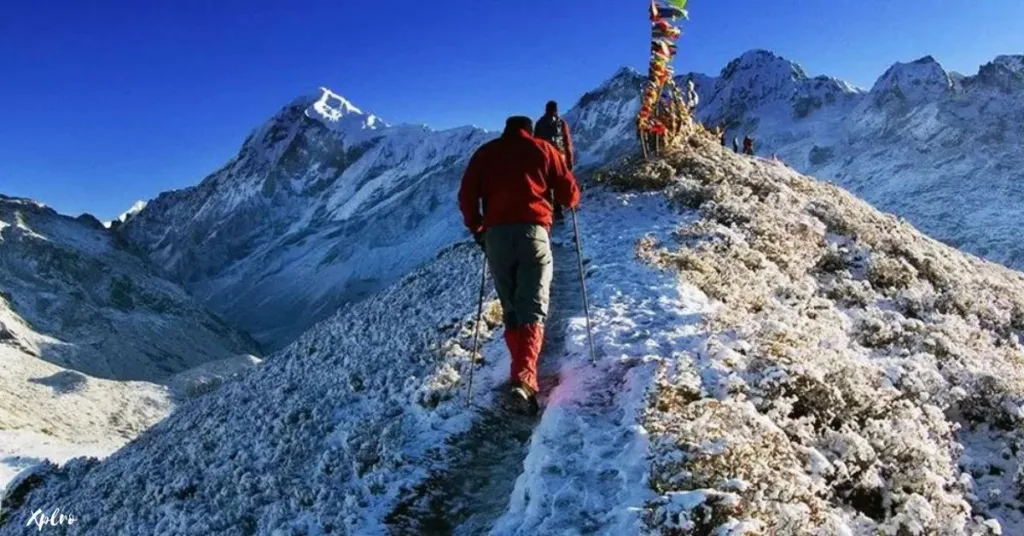
The Dzongri Trek is a shorter version of the Goechala Trek, making it perfect for those seeking an easier yet still rewarding trek in Sikkim. With close-up views of Kanchenjunga, this trek offers a mix of forest trails, alpine meadows, and rugged mountain landscapes.
Highlights:
- Stunning views of Kanchenjunga and Pandim Peak.
- Immersive cultural experience in Sikkim.
- Serene high-altitude meadows.
9. Nanda Devi Base Camp Trek – Uttarakhand
Overview:
- Altitude: 13,123 feet
- Duration: 10 days
- Best Time to Visit: May to October
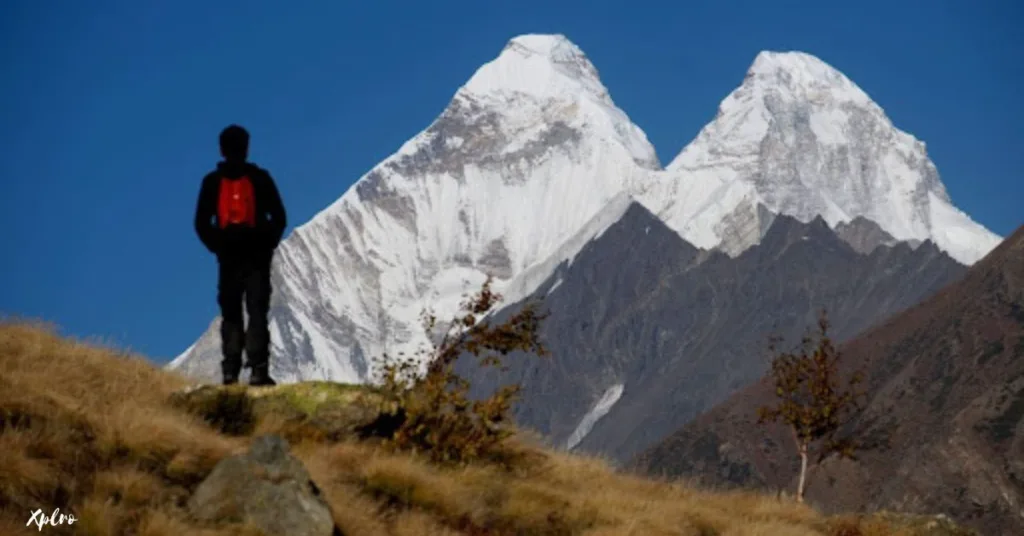
The Nanda Devi Base Camp Trek is a thrilling journey to the base of India’s second-highest peak, Nanda Devi. This challenging trek takes adventurers through remote Himalayan landscapes, offering an unforgettable experience surrounded by some of the tallest and most majestic peaks in India.
Highlights:
- Close-up view of Nanda Devi Peak.
- Passing through beautiful meadows of Lata Kharak.
- Experiencing the Nanda Devi National Park.
10. Stok Kangri Trek – Ladakh
Overview:
- Altitude: 20,180 feet
- Duration: 9 days
- Best Time to Visit: June to September
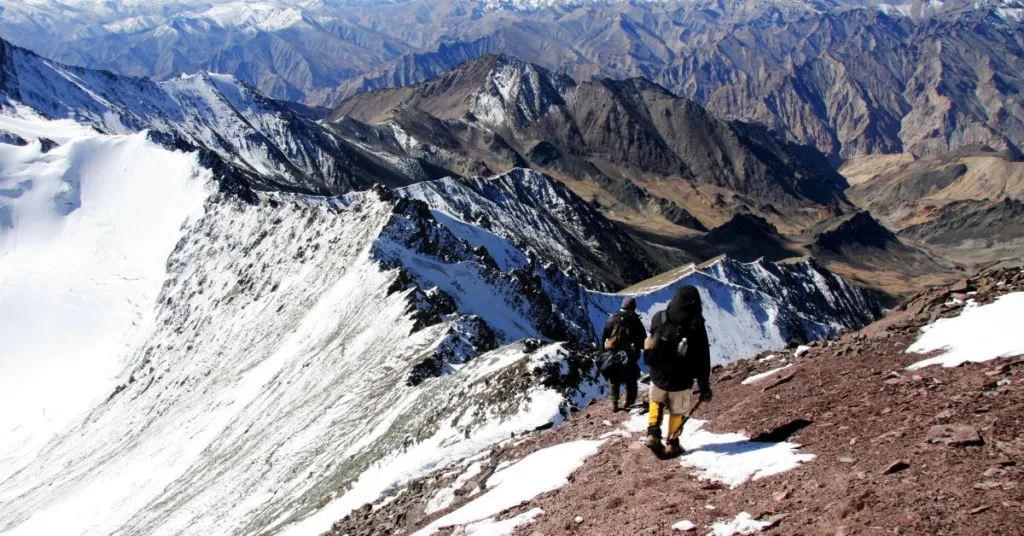
The Stok Kangri Trek is not for the faint-hearted. As one of the highest treks in India, reaching over 20,000 feet, it offers an ultimate challenge for experienced trekkers. The reward, however, is breathtaking views of the Ladakh and Zanskar ranges, along with the distant Karakoram Range.
Highlights:
- Climbing a 20,000 ft. peak.
- Stunning panoramic views from the summit.
- Experiencing the Ladakhi culture and rugged landscapes.
Conclusion, Mountain Hikes in India
India’s diverse mountain ranges offer something for every type of adventurer. From the frozen rivers of the Chadar Trek to the vibrant Valley of Flowers, the challenging Markha Valley Trek, and the serene Kedarkantha Trek, each hike presents a unique experience filled with natural beauty and personal challenges. Whether you’re seeking adventure, culture, or simply a chance to immerse yourself in the serenity of nature, these top 10 hikes should be on your bucket list. For more information and inspiration, visit Xplro.com.
FAQs
1. What is the best time to go on mountain hikes in India?
- The ideal time for mountain hikes in India depends on the region. For Himalayan treks, the best time is from May to October during the summer and post-monsoon seasons. For winter treks, such as Kedarkantha, the ideal time is December to February. It’s essential to check specific trekking seasons for each destination to ensure the best experience.
2. Are there any mountain hikes in India suitable for beginners?
- Yes, there are several mountain hikes in India perfect for beginners. Treks like Hampta Pass and Kedarkantha are popular among first-time hikers due to their moderate difficulty levels and stunning landscapes. These treks are great starting points for adventurers new to trekking.
3. Which is the most challenging mountain hike in India?
- The Stok Kangri Trek in Ladakh is considered one of the most difficult mountain hikes in India, reaching a height of over 20,000 feet. It requires excellent physical fitness and high-altitude trekking experience, making it a formidable challenge for seasoned adventurers.
4. Do I need permits for mountain hikes in India?
- Yes, many mountain hikes in India require permits, especially in regions like Sikkim, Ladakh, and protected areas such as the Nanda Devi National Park. Permits can usually be arranged through trekking agencies or local authorities and are necessary for trekking in restricted or sensitive areas.
5. What is the highest mountain hike in India?
- The Stok Kangri Trek, with an elevation of 20,180 feet, is the highest altitude trek among the popular mountain hikes in India. This trek in Ladakh offers an exhilarating experience, but it is recommended only for experienced trekkers due to the altitude and difficulty level.
6. How should I prepare for high-altitude mountain hikes in India?
- Preparation for high-altitude mountain hikes in India includes building physical endurance, improving cardiovascular fitness, and acclimatizing to high altitudes before the trek. Gradual elevation gain, staying hydrated, and carrying the right gear are key factors for a successful trek at high altitudes.
7. What are the main risks of mountain hikes in India?
- The primary risks associated with mountain hikes in India include altitude sickness, unpredictable weather, and challenging terrains. Treks at high altitudes, such as Roopkund or Goechala, can cause altitude-related issues. It’s important to acclimatize properly, carry essential gear, and stay informed about weather conditions.
8. Do I need a guide for mountain hikes in India?
- While not mandatory for all treks, hiring a guide for more difficult mountain hikes in India is highly recommended. A local guide provides valuable insight, helps with navigating difficult terrain, arranges necessary permits, and ensures safety, especially on challenging treks like Stok Kangri and Chadar Trek.
9. What gear is essential for mountain hikes in India?
- Essential gear for mountain hikes in India includes sturdy hiking boots, weather-appropriate clothing, a reliable backpack, trekking poles, a water bottle, sunscreen, a first-aid kit, and a high-quality sleeping bag. For snow treks like Chadar Trek, additional gear such as crampons and heavy-duty jackets are required.
10. How can I avoid altitude sickness on high-altitude mountain hikes in India?
- To avoid altitude sickness on high-altitude mountain hikes in India, it’s crucial to ascend gradually, allow time for acclimatization, stay well-hydrated, and avoid alcohol. Medications such as Diamox can help prevent symptoms of altitude sickness, but it’s advisable to consult a doctor before use.
11. Are there cultural experiences available during mountain hikes in India?
- Yes, several mountain hikes in India offer enriching cultural experiences. For example, the Markha Valley Trek and Goechala Trek allow trekkers to visit remote villages, ancient Buddhist monasteries, and interact with local communities, providing a blend of adventure and cultural immersion.
12. Are mountain hikes in India safe?
- Mountain hikes in India are generally safe when trekkers are well-prepared, follow proper guidelines, and take safety precautions. It’s important to choose treks based on your experience level, hire a guide for more difficult hikes, and always be aware of the weather conditions to ensure a safe and enjoyable trek.






